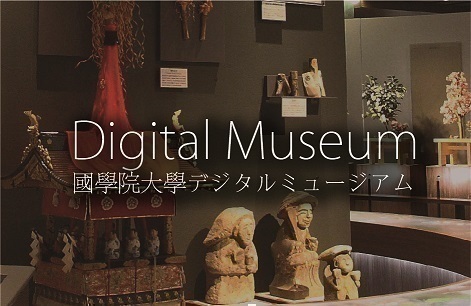- トップ
- Encyclopedia of Shinto
- Reisō Shintō
Encyclopedia of Shinto
| Main Menu: | |
| Links: |
詳細表示 (Complete Article)
| カテゴリー1: | 8. Schools, Groups, and Personalities |
|---|---|
| カテゴリー2: | Medieval and Early Modern Schools |
| Title | Reisō Shintō |
| Text | A form of Buddhist Shintō (Bukka Shintō). This doctrine was created in the Edo period by Chōon Dō kai (1628-1695) and further developed by Jōin (1683-1739). The origin of the term reisō ("spiritual source") can be traced to a passage from the Sendai kuji hongi taiseikyō (hereafter, Taiseikyō) written in the early Edo period by the Ōbaku monk Chōon. In the Jindai hongi ("Original meaning of the divine age"), Choon wrote: "Amenokoyane and Omoikane […] are [the origin] the Way of the spiritual source transmitted by the kami." Chōon developed his own Shintō teachings based on the Taiseikyō, but was punished for his forgery of this supposedly old text (the so-called "Taiseikyō incident"). Later, Yoda Sadashizu (also known as Henmui) (1681-1764), who had been giving lectures on Shintō at Yanaka in Edo, took over the Shintō teachings based on the Taiseikyō and further developed them in texts such as the Taiseikyō raiyū (Origin of the Taiseikyō), the Taiseikyō raiyū shinmon (Questions on the Origin of the Taiseikyō ), and in collections such as the Reisō zensho (Collected works on Reisō ), Sangen zensho (Collected works on the Three Principles), and Sōgen shintō . His thought was characterized by the "harmony of the three teachings" (Shintō, Confucianism, and Buddhism). However, since it is not possible to precisely ascertain Sadashizu's actual and original contribution to these texts, the contemporary assessment of Reisō Shintō is based primarily on the achievements of the Tendai monk Jōin, who was the first patriarch of Reisō Shintō on Mount Togakushi in the mid-Edo period. Jōin died in exile the island of Hachijōjima (according to a different source, on the island Miyakejima), and his works were burned as heretical. As a result, his doctrinal system is still vague and many points about it remain unclear. The following is an introduction to Reisō Shintō as it was propounded by Jōin (he actually called it Shugen Ichijitsu Sōgen Shintō), based on his extant works. Jōin was earlier called Chiken. At the temple Hōshakuin on Mount Hiei he received initiation to Ichijitsu Shintō by Senzon, who also gave him a copy of the Sannō Shintō text Sange yōryakuki. Afterwards, Jōin resided in Edo at Higashi Eizan Kanzen'in and at the Tōzen'in; in 1727 (Kyōhō 12) he moved to the Kanshuin on Mount Togakushi in Shinano Province. At this latter temple he built a shrine dedicated to himself as a living kami (seishi), and established his Shugen Ichijitsu Reisō Shintō, which combined elements of Shugendō, Shintō and Daoist thought. Before Jōin went to Mount Togakushi, the author of the Taiseikyō, Chōon had already been there. In his Togakushi-yama Gongen chinza honki Jōin lists the Taiseikyō together with Kojiki and Nihongi as forming the "three fundamental texts of Japan" (honchō sanbu honsho). Thus, the form of Shintō devised by Jōin was a peculiar combination based on Ichijitsu Shintō, the Taiseikyō, Taoist thought, and Shugendō. However, Jōin was eventually disrobed by the Tendai establishment as a heretic; expelled from the Higashi Eizan in Edo, he was exiled to Hachijōjima, where he engaged in activities to bring relief to the islanders, such as passing on medical knowledge. He died in 1739 at the age of fifty-seven. Few Shintō works by Jōin are extant; among them, the Kongōtō written in 1737 is particularly significant. -Yasaki Hiroyuki |




